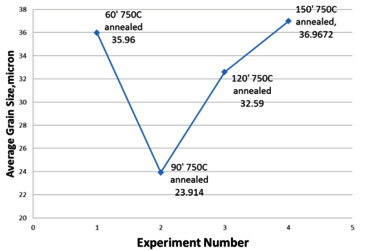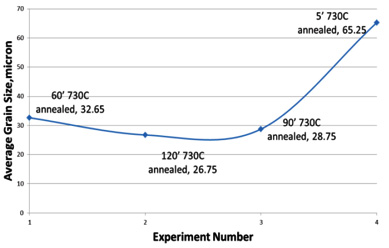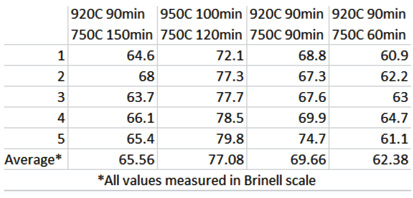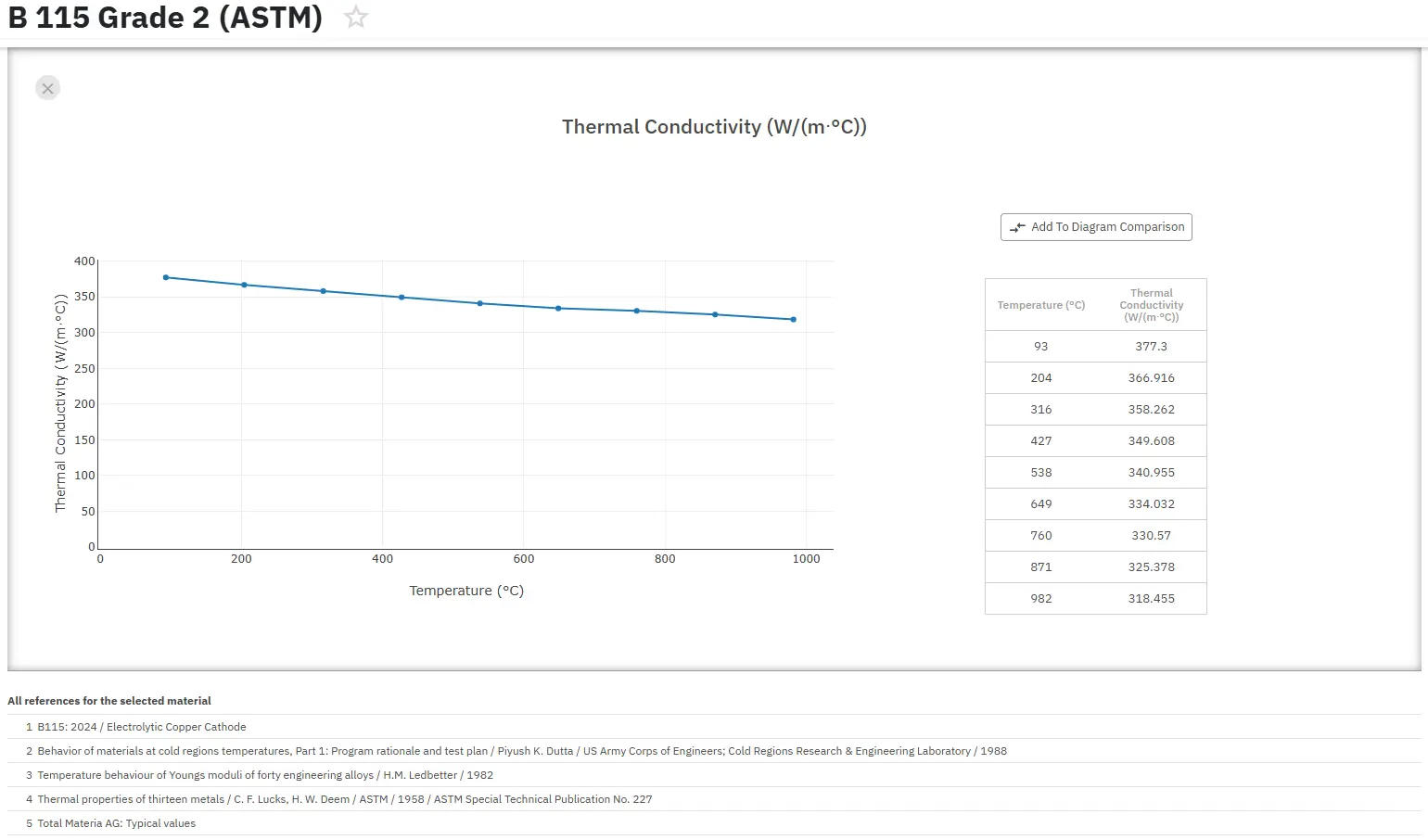Corson Alloys
Abstract
Corson or Corson bronze is a copper nickel silicon system which maintains the most fundamental advantages of copper alloys i.e. excellent conductivity, whilst providing adequate mechanical and physical properties to be considered for industrial applications.
Significant advancement of these alloys occurred over time and as the grain size and microstructure were adjusted to provide superior property profiles from the Cu–Ni–Si alloys.
Copper alloys are extensively used in engineering applications because of their superior features. These properties are high thermal conductivity, high electrical conductivity, excellent ductility and toughness, excellent corrosion resistance.
Copper, in its pure form, provides high conductivity, but has insufficient strength for many industrial applications, such as injection molding cores and cavities. Alloying copper with elements such as aluminum and tin improves the strength, but seriously deteriorates conductivity. One copper alloy system developed in the 20th century that provides good strength and conductivity is the copper nickel silicon system.
In 1928, this copper metal-silicide alloy system was patented by Michael Corson. It was subsequently known as Corson bronze. In this alloy, the silicide could be nickel-, chromium- or cobalt based. In the copper, a small addition is made of silicon and nickel or cobalt in a stoichiometric ratio of 1:2 results in the formation of an X2Si silicide that has a significant strengthening effect on the copper—while keeping thermal and electrical conductivity nearer that of pure copper. Likewise, chromium will form a Cr2Si3 silicide. However, with a Brinell hardness of only 135 (75 HRB), the simple silicide system found limited use. On the other hand, the precipitates responsible for the strengthening effect have been identified as δ-Ni2Si.
In a study by Ömer Faruk Koç, Ali Kalkanlı the main purpose was to examine and improve mechanical properties of the Corson type CuNiSi alloy. For achieving this aim, predetermined CuNiSi compositions were prepared, melt and cast into permanent molds, solutionized for appropriate temperatures, cold worked and heat treated at different temperatures. Furthermore, microstructural analyses such as grain size determination, hardness measurement were carried out through the study.
By grain size control, producing smaller grain size microstructure, mechanical properties can be altered significantly. Research results show that the strength values of Cu–Ni–Si alloys can reach higher numbers with only a modest decline of electrical conductivity after appropriate aging, so Cu–Ni–Si alloys are mostly preferred for such usages. These alloys are quenched from high temperature and then exposed to different heat treatments, which induces the precipitation of a second phase (δ-Ni2Si) in the copper matrix and this improves the strength.
In Figures 1 and 2 and Table 1 are summarized the results of grain size and hardness determination for different heat treatment procedures.

Figure 1: Average grain size versus experiments table for specimens annealed at 750°C.

Figure 2: Average grain size versus experiments table for specimens annealed at 730°C.

Table 1: Hardness data for different heat treatment procedures.
As conclusion it was observed that by decreasing grain sizes, hardness values increases and giving rise to a general improvement in mechanical properties.
Access Precise Properties of Copper Alloys Now!
Total Materia Horizon contains property information for 30,000+ copper alloys: composition, mechanical, physical and electrical properties, nonlinear properties and much more.

Get a FREE test account at Total Materia Horizon and join a community of over 500,000 users from more than 120 countries.